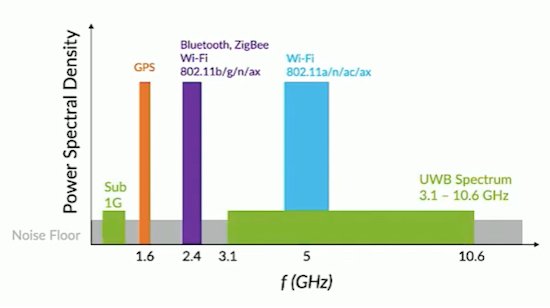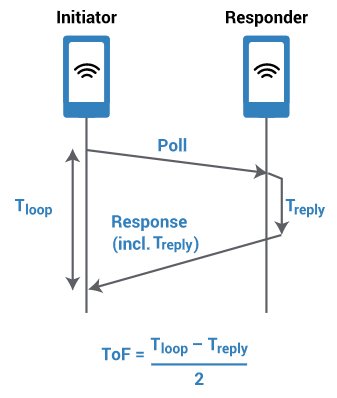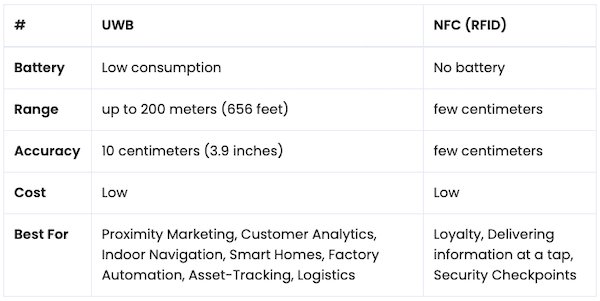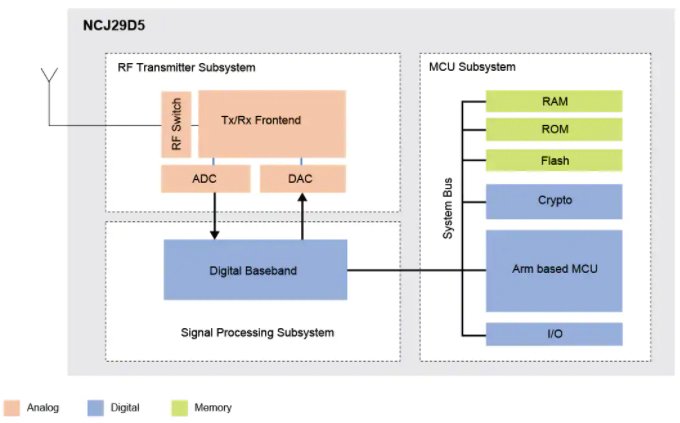For nearly 40 years, ultra-wideband (UWB) RF technologies were restricted to military use because of their tactical benefits for covert communications, such as resistance to jamming. However, in 2002 the FCC released guidelines for commercial applications of this technology. From there, it took nearly twenty years to see market acceptance, accelerating with the Apple U1 chip being added to the iPhone 11 product family in 2019.
What Is the FiRa Consortium?
Contents
The FiRa Consortium is an advocacy group for UWB supported by major corporations including Apple. This group is dedicated to three major objectives:
- Develop use case studies on the advantages of UWB
- Create standards for UWB interoperability
- Promote the UWB ecosystem to the engineering community
The most recent partner in the FiRA Consortium is test and measurement titan Rohde & Schwarz, which has voiced its intentions to support the adoption and commercialization of this technology.
How Does the UWB Spectrum Compare to Existing Technologies?
Unlike classical consumer wireless technologies, UWB consumes low power (compared to narrowband spectrums like WiFi) and occupies a broadband spectrum (~500 MHz) in channels divided from 3.1 GHz to 10.6 GHz.

Spectrum use of various radio frequency applications, including UWB. Image used courtesy of Bleesk
Broadband spectrum involves extremely fast pulses (~2 ns), and the bandwidth of a pulse is related to its rise time. For example, presuming that a 2 ns pulse has a rise time of 500 picoseconds, the bandwidth of the UWB signal would be ~700 MHz.
Beyond the large bandwidth, many of the electronics related to UWB are traditional RF front-end technologies including an antenna, low-noise amplifiers, and either a superheterodyne transceiver or digital direct conversion.
In Which Applications Does UWB Excel?
Utilizing the principles of radar telemetry—including time of flight (ToF) and angle of arrival (AoA)—UWB can improve access control in everyday life, providing highly-precise positioning.

The basics of time-of-flight ranging (common in radar applications), now available in commercial applications. Image used courtesy of the FiRa Consortium
Additionally, UWB can transfer small data packets with a throughput of 7 to 27 megabits per second, potentially replacing near-field communication (NFC).

Comparison of basic UWB and NFC specs. Image used courtesy of Beesk
UWB can be used to determine whether a person is moving toward or away from an entrance and apply appropriate actions based on the ToF data. Aside from convenience and security, UWB (literally) opens doors for greater accessibility in public spaces. Specifically, it may enable automation technology to unlock a door as a person approaches or lock a door as a person leaves.
Who’s Developing Hardware to Support UWB?
The FiRa Consortium is composed of dozens of sponsors, associates, and educational members. Qualcomm, Samsung, Apple, and NXP Semiconductors are the principal members sponsoring electronics design.

The NCJ29D5 is a preproduction UWB chip from NXP designed for automotive access control applications. Image used courtesy of NXP Semiconductors
NXP has at least six chips currently in preproduction or pre-certification under the FiRa Consortium. The consortium acknowledges that interoperability with existing RF technologies like Bluetooth will be critical for certain functions, such as device discovery, which will assist in device synchronization required for ToF calculations.

Interoperability with Bluetooth can enable simplified discovery and allow synchronization. Image used courtesy of FiRa Consortium
Apple and Android are often trailblazers for new technologies, which are then quickly adopted by competitors. Google is in the process of adding API for UWB support for the Android operating system. Because the FiRA Consortium is fostering corporate standardization of UWB, there will likely be a push to adapt this technology for mainstream use.
In 2021, it’s possible that UWB could become a dominant short-range RF communications technology for a host of applications including ranging, access control, and small packet data-exchange.
Featured image (modified) used courtesy of FiRa Consortium


